A House for Artists reinvents affordable, sustainable living
Apparata architecture studio is behind this sustainable housing development in Barking town centre, east London

Johan Devlin - Photography
Affordable housing, sustainable architecture, and artistic creativity; all roll into one in this latest project by Apparata architects in Barking town centre in east London. A House for Artists is a new multi-family residential project, conceived as a replicable model for flexible living space that promotes civic engagement and community-building. It was brought to life by Create London, an independent agency that commissions art and architecture in the public realm, and London Borough of Barking & Dagenham, and it’s a scheme that aims to shake up the way we think about housing.
A House for Artists, as its name suggests, is set to house 12 artists and their families in a single building, designed by emerging London-based studio Apparata, headed by Nicholas Lobo Brennan, Astrid Smitham and Theo Thysiades. Create London, the organisation behind several acclaimed public-realm projects, co-commissioned the scheme.
‘Apparata’s starkly legible and playful design is civic to the core. Combining public-facing spaces and artist studios with an innovative housing model, its deliberate transparency invites the public in, while the spatial arrangement of the flats give residents the option of shared spaces and collective arrangements without compromising their privacy,’ says its senior curator Diana Ibáñez López.
A House for Artists: a model for flexible living

Flexibility and fresh thinking was central to Apparata’s response to the brief. ‘Contemporary apartment design is still largely based on the nuclear family, when this model doesn’t reflect the diverse configuration of people’s lives today,’ says architect and co-founder of Apparata, Astrid Smitham. ‘New kinds of arrangements are needed: the possibility of an elderly parent to live with you temporarily, to share childcare with another household, or to grow a meaningful connection with neighbours. People’s lives are more varied and complex than apartment buildings commonly allow for.'
While the building’s spaces come together as a seamless whole, there is a clear distinction between public and private, with public areas, such as workshops and an ongoing arts programme, on the ground level, while apartments are placed on the floors above. The shared facilities on the ground floor, both indoors and outdoors (including patios and courtyards), not only allow the inhabitants to share public space, but also invite more people from the local community into the building, to use, interact with, and experience the space.
The building combines an open and creative nature with its strong forms out of geometric, exposed concrete, and a number of sustainable strategies (which impressively result in a building with more than 20 per cent less embodied carbon than the RIBA 2030 climate challenge target and GLA aspirational target). A House for Artists is a powerful addition to its east London neighbourhood, as well as the wider housing scene beyond.
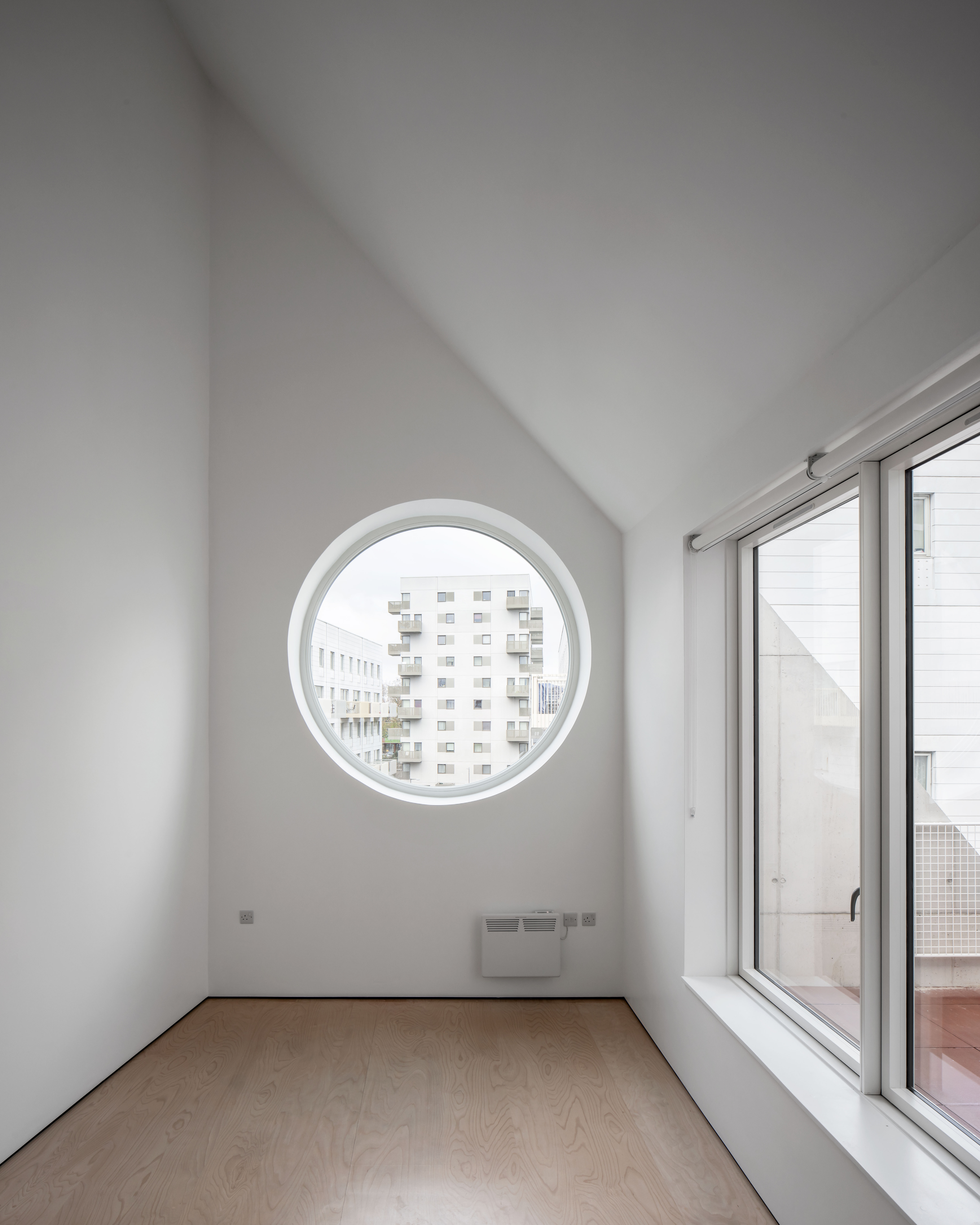
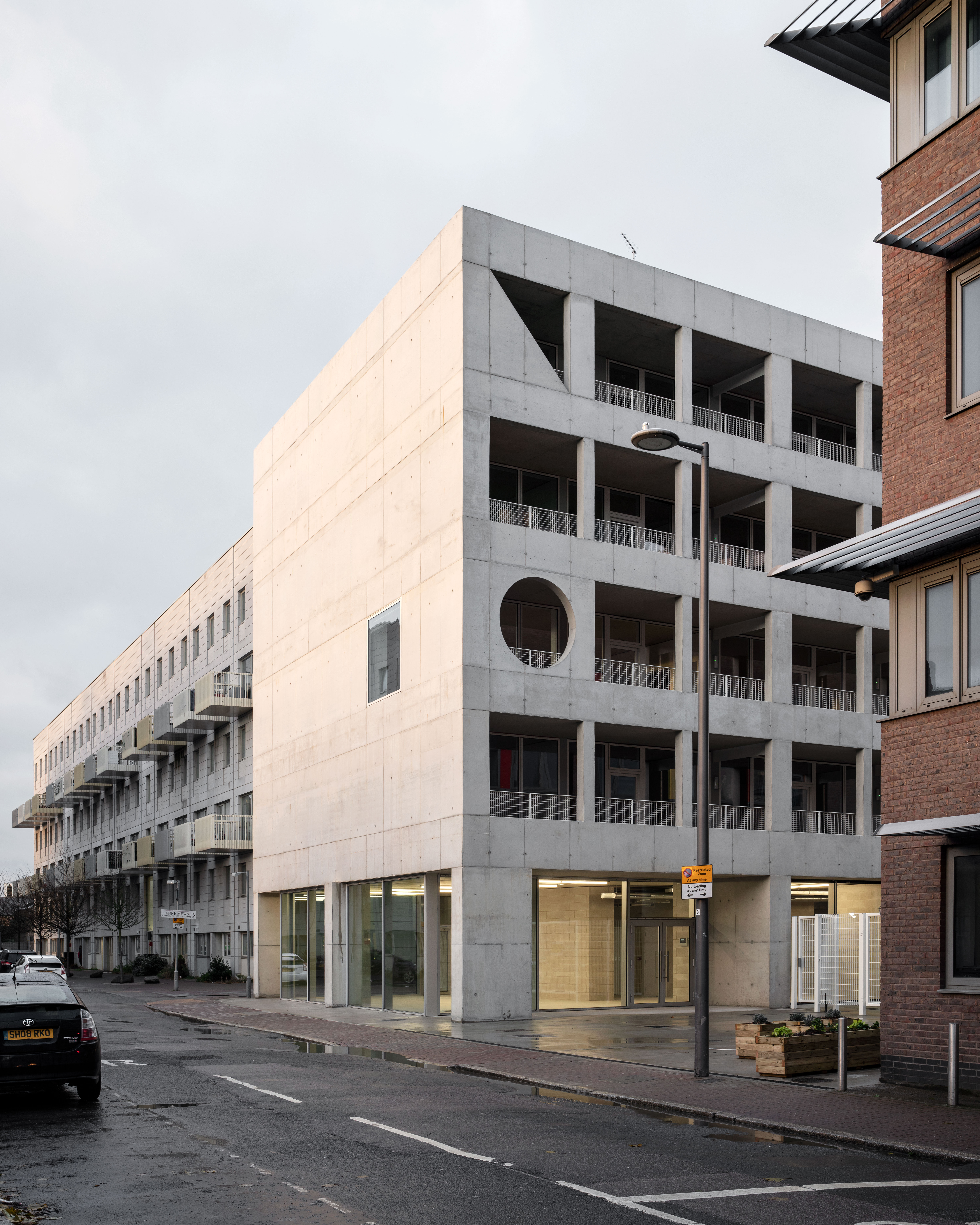
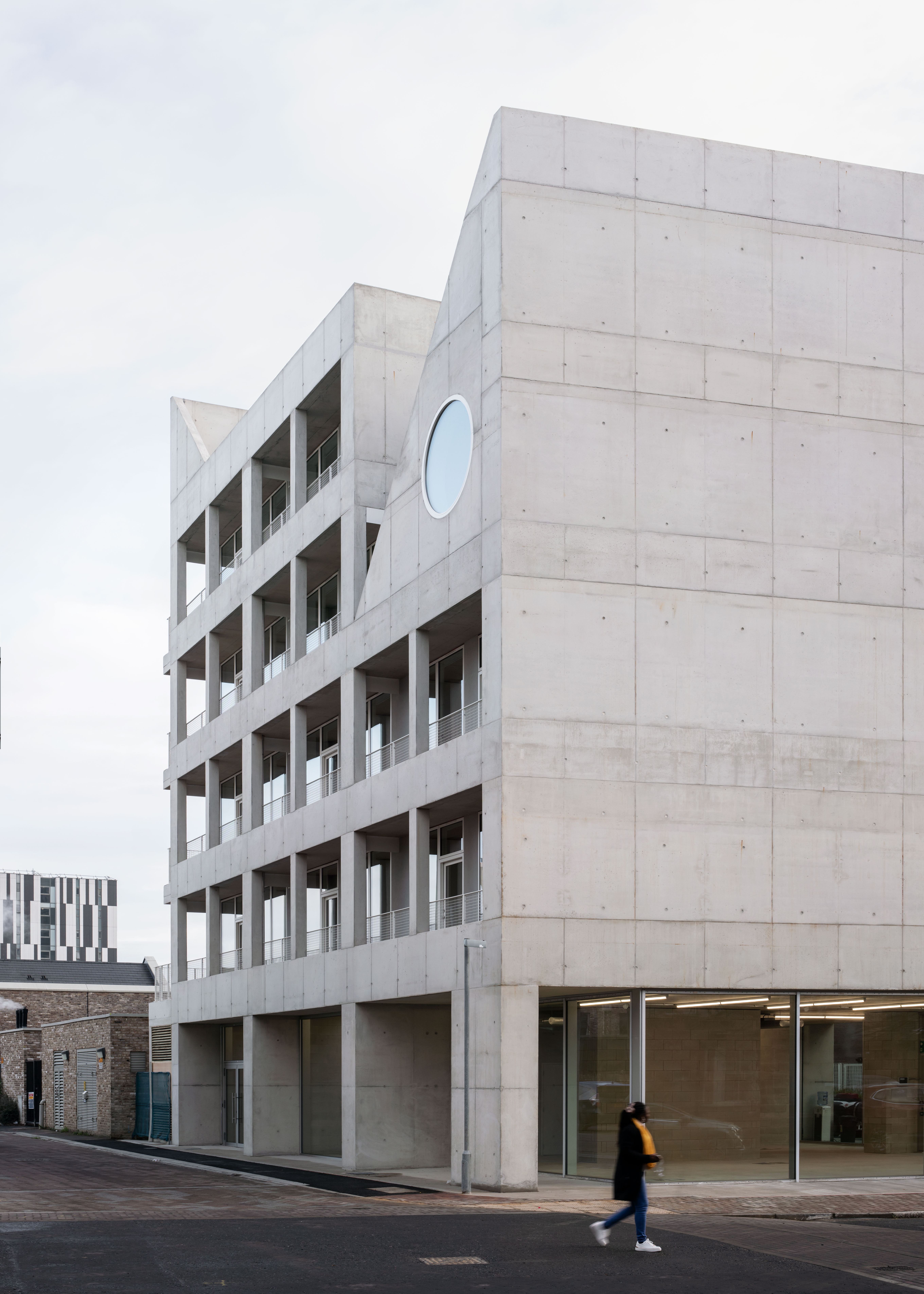
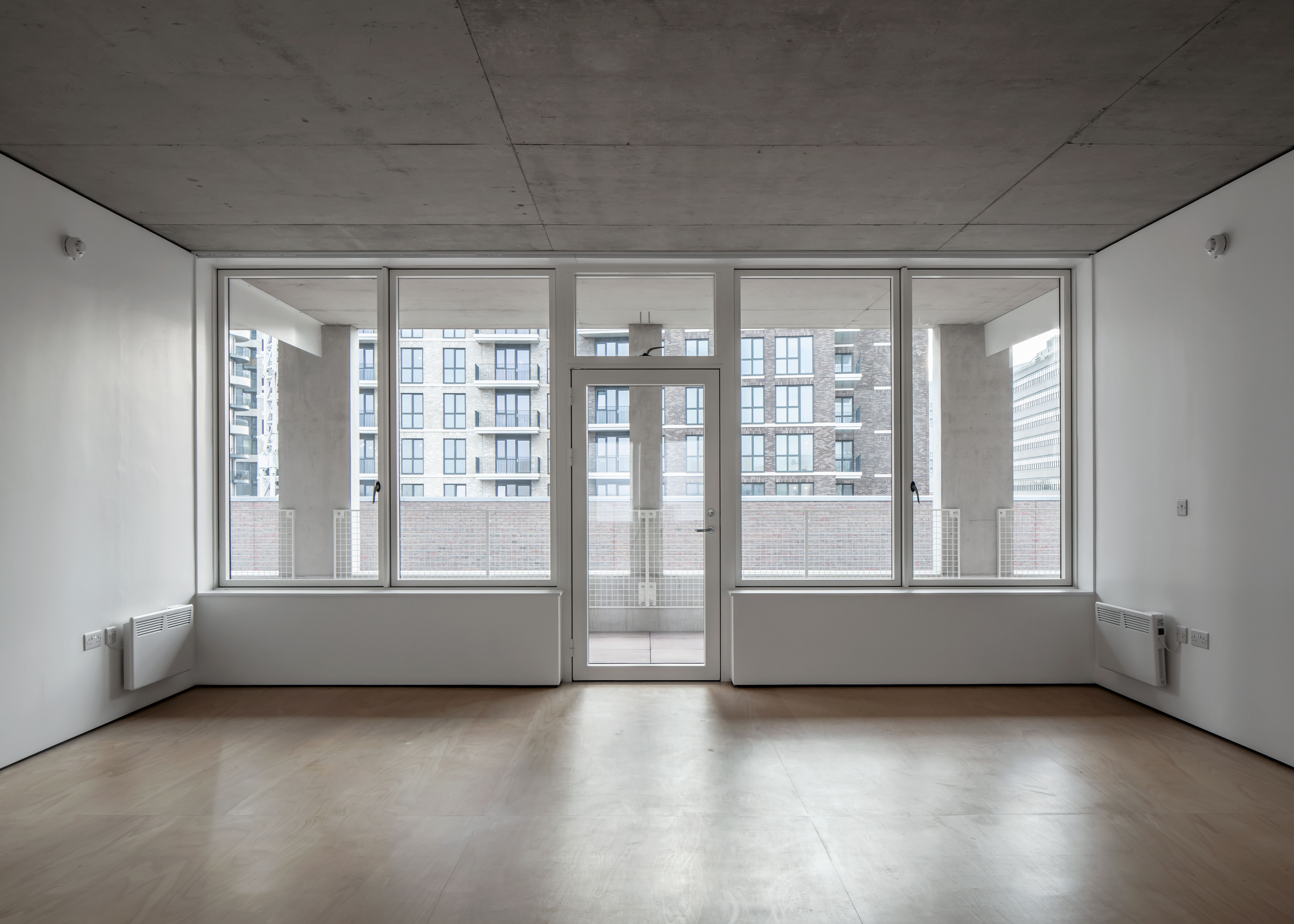

INFORMATION
Receive our daily digest of inspiration, escapism and design stories from around the world direct to your inbox.
Ellie Stathaki is the Architecture & Environment Director at Wallpaper*. She trained as an architect at the Aristotle University of Thessaloniki in Greece and studied architectural history at the Bartlett in London. Now an established journalist, she has been a member of the Wallpaper* team since 2006, visiting buildings across the globe and interviewing leading architects such as Tadao Ando and Rem Koolhaas. Ellie has also taken part in judging panels, moderated events, curated shows and contributed in books, such as The Contemporary House (Thames & Hudson, 2018), Glenn Sestig Architecture Diary (2020) and House London (2022).
-
 Seven covetable accessories designed to improve your Apple experience
Seven covetable accessories designed to improve your Apple experienceWe present a clutch of cultured accessories for all things Apple, from chargers to cases, straps and keyboard covers
-
 How Abidjan's Young Designers Workshop is helping shape a new generation of Côte d'Ivoire creatives
How Abidjan's Young Designers Workshop is helping shape a new generation of Côte d'Ivoire creativesIn the first in our Design Cities series, we look at how Abidjan's next generation of creatives is being nurtured by an enlightened local designer
-
 A tale of two Audis: the A5 saloon goes up against the A6 Avant e-tron
A tale of two Audis: the A5 saloon goes up against the A6 Avant e-tronIs the sun setting on Audi’s ICE era, or does the company’s e-tron technology still need to improve?
-
 Arbour House is a north London home that lies low but punches high
Arbour House is a north London home that lies low but punches highArbour House by Andrei Saltykov is a low-lying Crouch End home with a striking roof structure that sets it apart
-
 A former agricultural building is transformed into a minimal rural home by Bindloss Dawes
A former agricultural building is transformed into a minimal rural home by Bindloss DawesZero-carbon design meets adaptive re-use in the Tractor Shed, a stripped-back house in a country village by Somerset architects Bindloss Dawes
-
 RIBA House of the Year 2025 is a ‘rare mixture of sensitivity and boldness’
RIBA House of the Year 2025 is a ‘rare mixture of sensitivity and boldness’Topping the list of seven shortlisted homes, Izat Arundell’s Hebridean self-build – named Caochan na Creige – is announced as the RIBA House of the Year 2025
-
 In South Wales, a remote coastal farmhouse flaunts its modern revamp, primed for hosting
In South Wales, a remote coastal farmhouse flaunts its modern revamp, primed for hostingA farmhouse perched on the Gower Peninsula, Delfyd Farm reveals its ground-floor refresh by architecture studio Rural Office, which created a cosy home with breathtaking views
-
 The Architecture Edit: Wallpaper’s houses of the month
The Architecture Edit: Wallpaper’s houses of the monthFrom wineries-turned-music studios to fire-resistant holiday homes, these are the properties that have most impressed the Wallpaper* editors this month
-
 In this Cotswolds home, drama meets minimalism
In this Cotswolds home, drama meets minimalismCotswolds home Hiaven house, with interiors designed by McLaren Excell, is a perfect blend of contemporary chic and calm, countryside drama
-
 Find solace in the forest at this expansive treehouse retreat in Dorset
Find solace in the forest at this expansive treehouse retreat in DorsetFor sale for the first time, a treehouse, Mallinson’s Woodland Retreat, is a tribute to the skill of designer and master craftsman Guy Mallinson
-
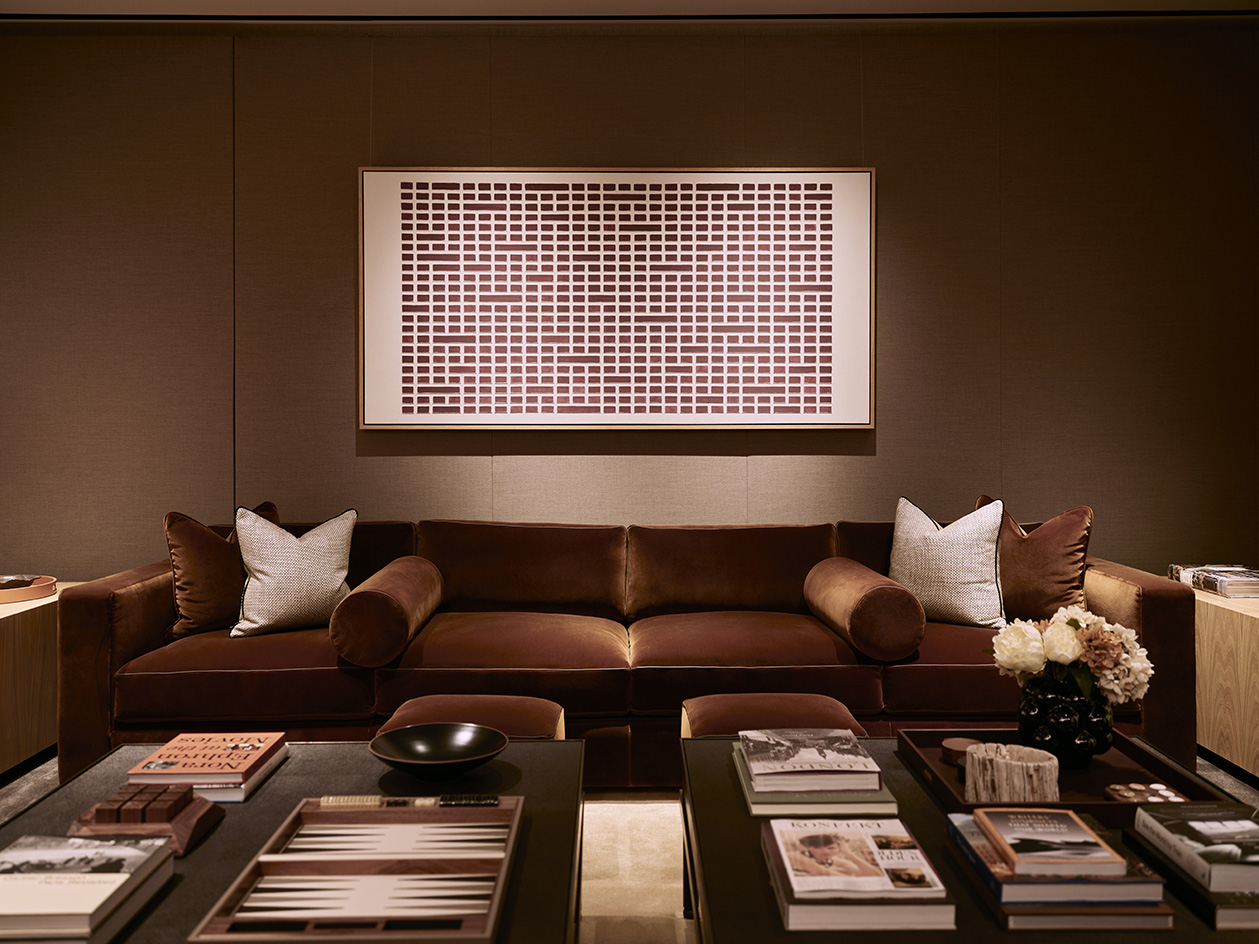 100 George Street is the new kid on the block in fashionable Marylebone
100 George Street is the new kid on the block in fashionable MaryleboneLondon's newest luxury apartment building brings together a sensitive exterior and thoughtful, 21st-century interiors